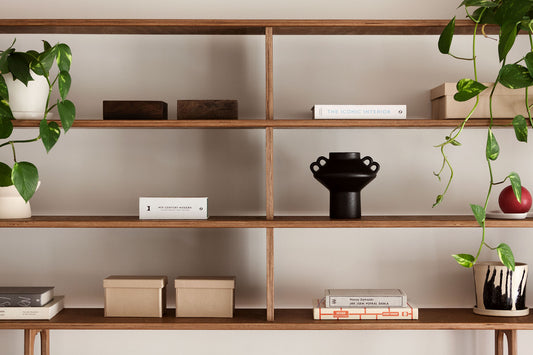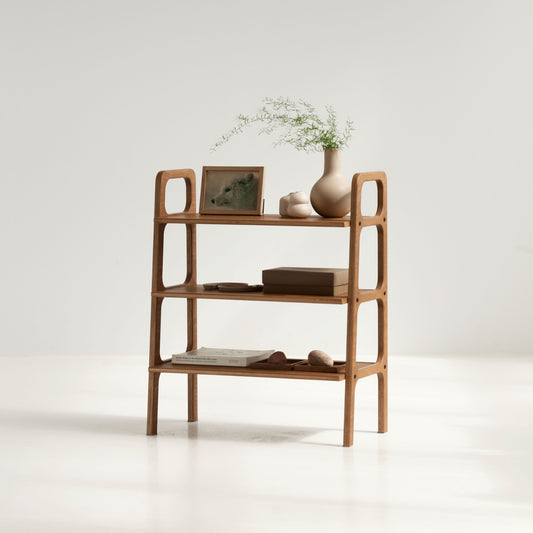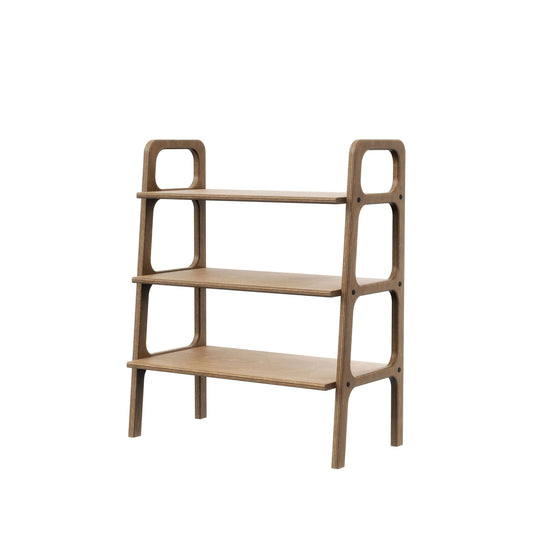Care and use furniture
How to Care and Use Oiled Plywood Furniture
Plywood furniture is a testament to nature's beauty and durability. However, to maintain its pristine condition and ensure longevity, it's essential to understand the characteristics of oiled plywood and how to care for it. This article will guide you through the properties of oiled plywood furniture, its daily care, regeneration, and how to repair any damaged surfaces.
1. Properties and Usage
Plywood is a living material. It breathes, changes its appearance, and even its dimensions over time. The environment plays a significant role in these changes. Depending on the humidity levels, plywood can either shrink or expand. For instance, a dry and warm room can cause the plywood to dry out and shrink, while a humid environment can make it expand. This is also influenced by seasonal changes and heating periods in our homes. Therefore, when using well-dried plywood, cutting, and joining it according to the grain direction, the chances of these changes occurring are minimized.
When purchasing plywood furniture, it's essential to remember its natural characteristics and some color randomness. It's a material that will never be entirely uniform. Minor discolorations on its surface are acceptable, reflecting the product's natural character. Visible knots and unique grain patterns can also appear on the furniture's visible surfaces, meaning two plywood pieces will never be 100% identical but will showcase individuality and diversity.
2. Care
Oiled wax achieves its nominal hardness approximately four weeks after application. During this period, avoid cleaning and contact with any liquids. After about a month from the furniture's manufacturing date, you can start the first maintenance treatments.
For dusting and minor stains, use a soft, slightly damp cotton cloth with a small amount of wood care product designed for oiled plywood. Always wipe in the direction of the wood grain and avoid intense local rubbing, which can cause discoloration. Clean the surface only when necessary to maintain the furniture's original appearance for longer.
Use: Osmo 8026 or WISCH-FIX
3. Regeneration
Minor scratches and quality loss over time are natural. However, solid oiled plywood allows for regeneration. To regenerate the furniture, assess the visible changes on the surface and choose the appropriate treatment method.
For minor surface scratches or wear, use a regenerative wax like OSMO 3079 matte clear. It's beneficial when the furniture loses its original shine. It refreshes the neglected or worn-out coating over the years, retaining the furniture's initial color. A fresh look is achievable after the first use, and regular application ensures protection and avoids the need for sanding and renovation.
Use: Osmo 3079
4. Repairing Damaged Surfaces
Mechanical damages and discolorations require more intensive treatment. If there's a local stain, such as from grease or a colored liquid, the surface of plywood can usually be saved. However, it requires sanding the entire surface and reapplying the protective oil-wax. Sanding at home can be challenging, and the results might not meet expectations. If possible, seek help from a nearby carpenter. Mechanical damages, dents, or chipping are challenging to repair at home.
If you decide to undertake such a repair:
- 1. Clean the furniture surface at the repair site.
- 2. Sand the damaged top layer with P120 sandpaper, always in the direction of the wood grain.
- 3. Dust off the surface.
- 4. Apply a finishing product for plywood on the entire sanded surface.
Use the oil that matches the finish you purchased. If you're unsure about which oil it is, write to us.




